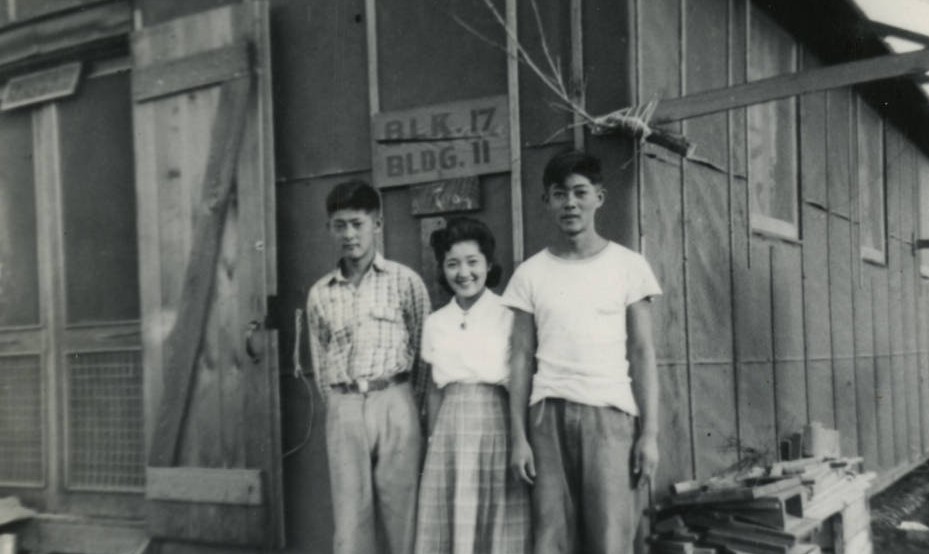The CSU libraries are places where stories live. Special collections and archives protect manuscripts, photographs, letters , oral histories and other historic documents. These departments house a host of unusual, rare and historical materials for our collective memory.
The California State University Japanese-American Digitization Project unites collections from at least 13 campuses in the CSU to create a picture of what the lives of Japanese-Americans were like during World War II. The collaboration is vast, and has an enormous impact as well, said CSU Dominguez Hills Director of Archives and Special Collections Gregory Williams, who is heading the project.
“We’re dealing with more than just photographs,” Williams said. “We’re dealing with papers and documents and letters and whatnot. And what’s great for our students is they’ll be able to access this material online.”
The project’s spark
The project was born out of conversations with colleagues, Williams said, as archivists realized that they had bits and pieces of an important history that could be brought together to create more holistic story. Inspired by the other archival collaborations of California, another database of historical documents, the archivists began working together on the digitization project.
They received a $40,000 planning grant from the National Endowment for the Humanities to begin digitizing the materials and create a road map for the project, which began with a symposium to discuss how the libraries could collaborate on a project of this scale. That was followed by a beta website at Dominguez Hills’, and the uploading of 200 to 300 public items.
Archivists worked across the CSU to track down materials, from oral histories at Fullerton and Sacramento, to yearbooks and newspapers at campuses such as San Diego to corporate documents at Dominguez Hills.
“We came across this huge cache of corporate records from the Dominguez family companies in our Rancho San Pedro collection,” Williams said. “They showed the extra steps of bureaucracy that Japanese-Americans were required to take to work and lease land. They detail the effects of the Alien Land Acts of the early 20th century.”
Next, the cross-campus team will set up a website dedicated to the archive, which Williams hopes to go live by the end of the year. Then, with additional funding, the libraries will begin uploading about 10,000 total items, Williams said. That could take two to three years, once the funding is secured.
Making an impact
Even though it isn’t yet completed, the project has already started to have an impact, Williams said.
“Because we’re such an expanded, stretched-out university – we used to be called the thousand-mile university – researchers had to go all over the place, and didn’t know about certain things,” Williams said.
Now, archivists are working toward uniting the collection online.
Williams sees this project as the first of many collaborations:
“The CSU archives and special collections are ripe for other collaborative projects … It’s just the beginning.”
Photo courtesy of the Japanese-American Digitization Project and the Manzanar Collection at Robert E. Kennedy Library in Cal Poly, San Luis Obispo.
; ?>)
